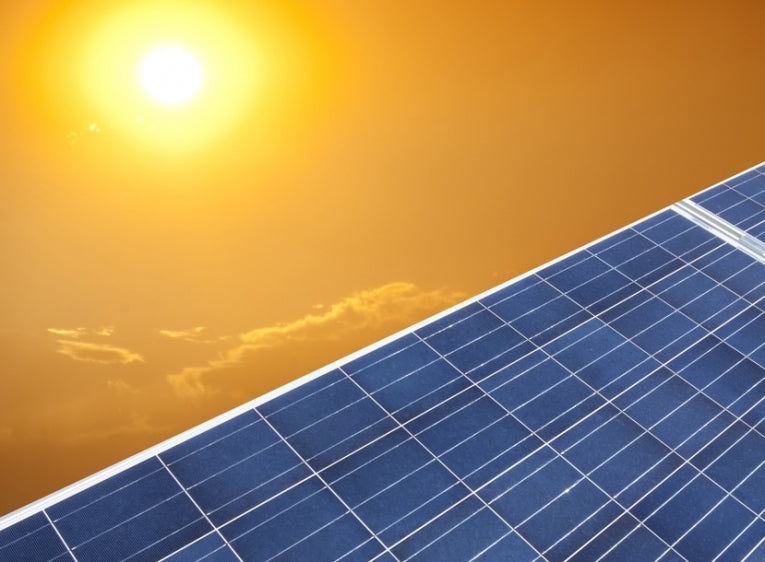Cheaper solar energy is on the way through more sustainable roof tiles that generate high levels of renewable energy, say American scientists.
As there is enough sun falling on domestic roofs to potentially supply most, if not all of America's electricity, scientists are excited about future prospects.
Tiles that take electricity from the sun, and can be fitted just like traditional roofing, are already commercially available.
Now, solar cells created from "earth-abundant" materials are more productive, affordable and flexible than ever, making it easier to deploy photovoltaics into new areas of buildings, the scientists believe.
The scientists' comments came during a sustainability symposium at the American Chemical Society's (ACS) 244th National Meeting & Exposition. ACS is the world's largest scientific society.
One of those taking part, Harry A. Atwater, Ph.D., says, "Sustainability involves developing technology that can be productive over the long-term, using resources in ways that meet today's needs without jeopardizing the ability of future generations to meet their needs. That's exactly what we are doing with these new solar-energy conversion devices."
The new photovoltaic devices use freely-available cheaper metals such and copper and zinc, described as "earth-abundant materials". They replace indium, gallium and other "rare earth" elements. These often come from foreign countries. For instance, China mines more than 90% of the rare earth elements in batteries for hybrid cars, magnets, electronics and similar high-tech products.
Dr Atwater and James C. Stevens, Ph.D., described how to replace expensive rare earth metals in photovoltaic devices with cheaper and more sustainable materials.
Dr Atwater, a California Institute of Technology physicist, and Dr Stevens, Dow Chemical Company chemist, led collaboration between the two in researching and developing new electronic materials to be used in solar power generation devices.
New devices using zinc phosphide and copper oxide shattered records for the amount of electrical current and voltage generated by thin-film solar energy conversion devices that were made with zinc and copper.
The advance reinforces evidence that zinc phosphide and copper oxide could achieve very high efficiencies and produce electricity at a similar cost to coal-fired energy plants within 20 years.
Dr Stevens assisted in the development of Dow's PowerHouse Solar Shingle at the end of 2011, which generates electricity and can be fitted like traditional roofing. The special shingles make use of copper indium gallium diselenide photovoltaic technology. Dr Stevens and his team are now aiming to incorporate sustainable earth-abundant materials into PowerHouse shingles.
He says, "The United States alone has about 69 billion square feet of appropriate residential rooftops that could be generating electricity from the sun. The sunlight falling on those roofs could generate at least 50 percent of the nation's electricity, and some estimates put that number closer to 100 percent. With earth-abundant technology, that energy could be harvested, at an enormous benefit to consumers and the environment."
The ACS symposium has also heard about:
The American Chemical Society is a nonprofit body that has more than 164,000 members. It is a worldwide leader in giving access to chemistry-related studies through its many databases, peer-reviewed journals and scientific conferences. Its main bases are in Washington, D.C., and Columbus, Ohio.










